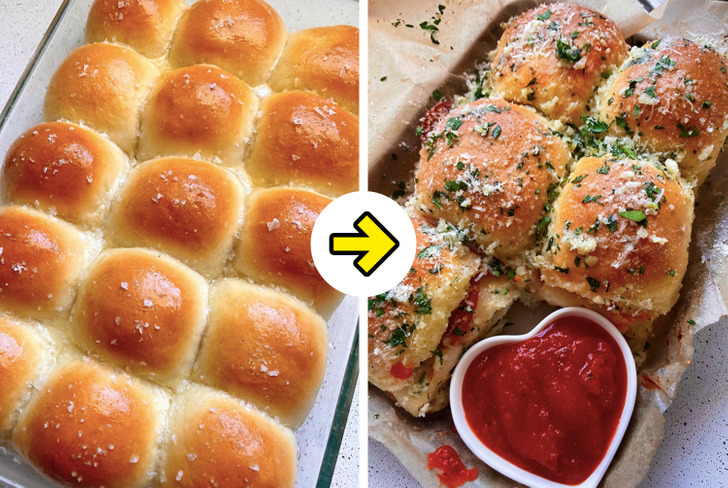What to Do With Leftover Food
It’s no secret that food waste has become a major environmental problem, as tons of food is wasted or thrown out each year in the United States without considering how the situation may be in other parts of the world. However, we can help relieve this issue by using leftover items to reduce the amount of food that ends up in the garbage can every day.
Learn about what to do with leftovers. It makes sense for us to become more intelligent about the total use of the products we buy.
How to handle leftover food
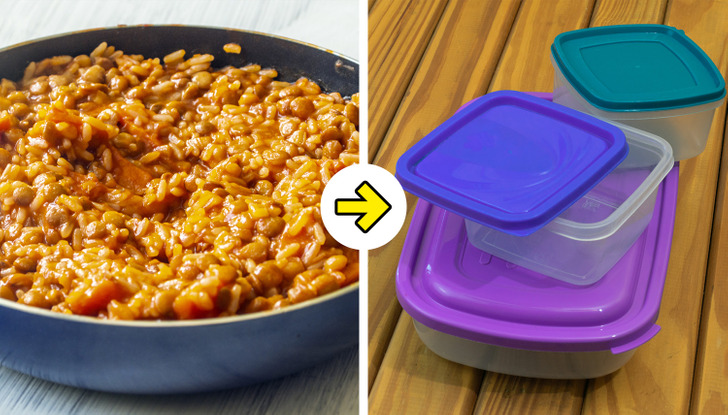
Although it’s a good idea to reuse leftovers to decrease food waste and save money, it’s important to handle them properly in order to ensure they’re safe to eat. Some basic tips to handle leftover food items include the following basic rules:
- Wash your hands with soap and warm water for at least 20 seconds before and after touching leftover food.
- To reduce the risk of bacteria growth, refrigerate or freeze your leftovers within 2 hours after preparation, or 1 hour if temperatures are higher than 90ºF. Also, make sure your refrigerator is at the right temperature, which should be 40ºF or below.
- Discourage bacterial growth by cooling hot leftover food quickly. If you have large quantities of food, separate it into small containers and leave them partially uncovered as it cools down.
- When reheating leftover food, make sure that its internal temperature is at least 165ºF before consumption. If you’re using a microwave, stir, cover, or rotate the food item to ensure even reheating and check that there are no cold areas where bacteria may survive. Frozen leftovers can be either thawed in the fridge or in a microwave.
- Uneaten leftovers that have been handled properly can usually last up to 3 to 4 days stored in the refrigerator. If they’re not eaten within that period of time, discard them immediately.
- Frozen food items can be kept in the freezer for up to 3 to 4 months. Although they’re safe for consumption, they can lose flavor and moisture when stored for longer periods.
What to do with leftover food
1. Turn leftover vegetables into soup.
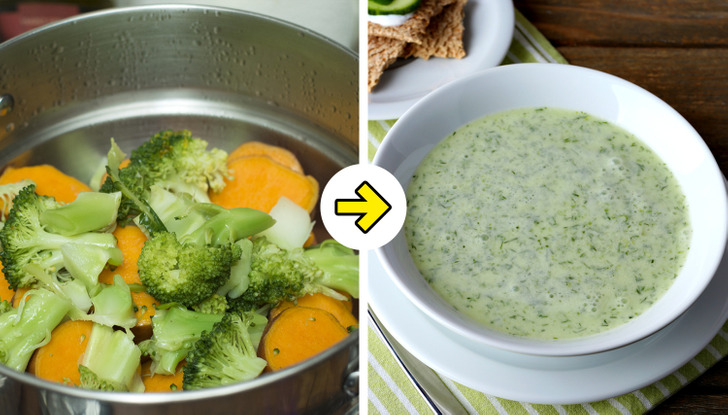
If you have leftover squash, cauliflower, broccoli, or red peppers, you can freeze them and enjoy them as a soup or puree afterward. Simply blend them with 3-4 cups of chicken or vegetable broth and warm the mixture in a pot. Keep in mind that the amount of broth could depend on the number of vegetable pieces you add. Add salt and pepper to taste. You may add a shot of olive oil, pesto, or a few croutons for added flavor.
2. Sprinkle leftover cookie crumbs on your ice cream.
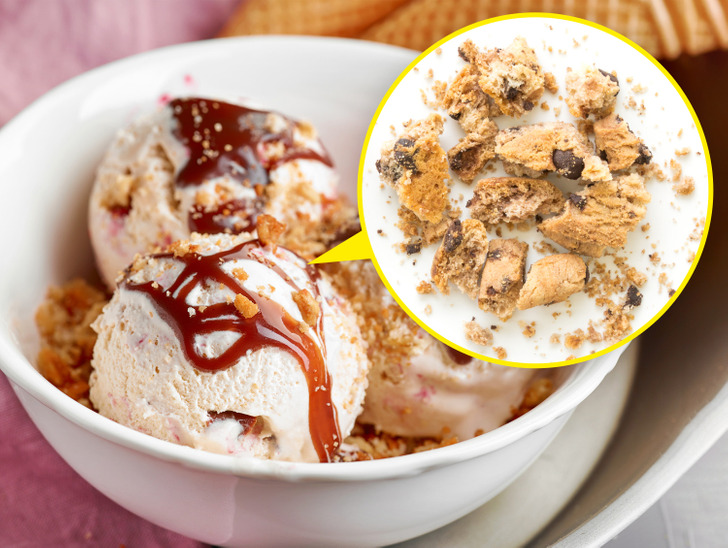
At the same time, the crumbs or chunks usually found at the bottom of cookie bags can be used in pie crusts or layered in a fruit and yogurt parfait.
3. Add leftover rice to soups.
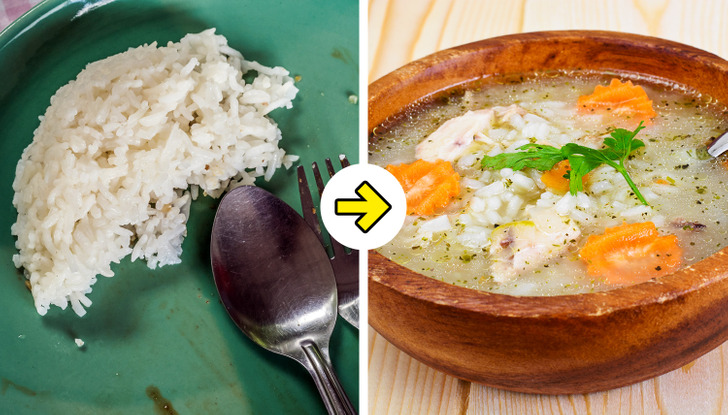
Rice can be a great addition to vegetable, tomato, chicken, or beef soup, as it will turn them into filling meals.
4. Use roasted vegetables in omelets.
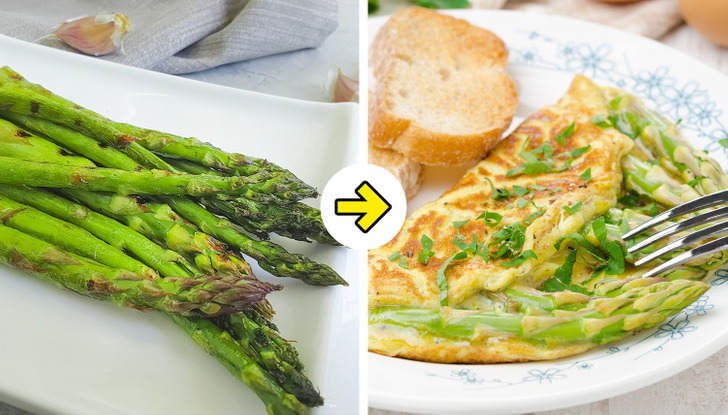
If you have leftover vegetables, such as asparagus, peppers, or mushrooms, add them to omelets for a breakfast, lunch, or dinner dish.
5. Make frozen cake balls with leftover desserts.
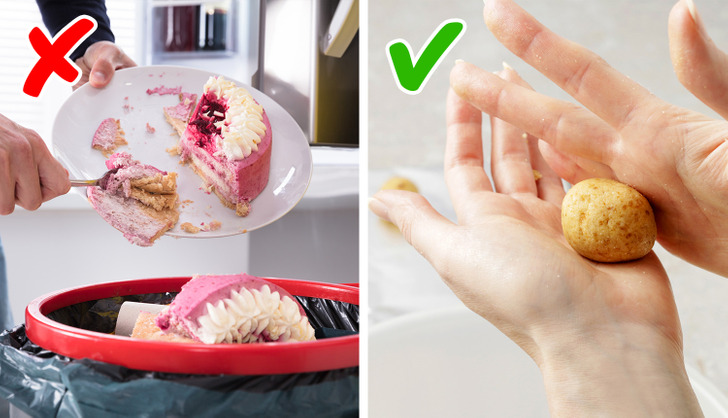
- Put leftover cookies, cake, or dessert squares into a blender and mix them with a spoonful of peanut butter, chocolate spread, or cream cheese.
- Shape the mixture into several round balls. Then roll them in some sprinkles, chopped nuts, or cookie crumbs.
- Store them in the freezer by stacking them between pieces of wax paper in a container.
6. Make a sandwich filling with cooked chicken.
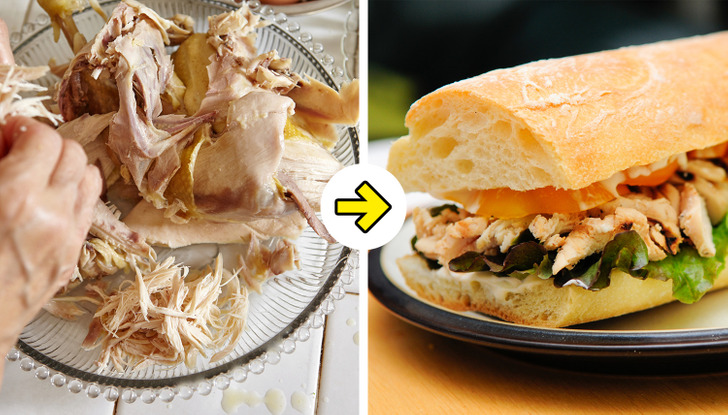
Cut the chicken into small pieces and add mayo, salt, pepper, curry powder, celery, raisins, and chopped walnuts to taste. You may also use this mixture in tortilla wraps.
7. Prepare a dip or sandwich spread with leftover avocado.
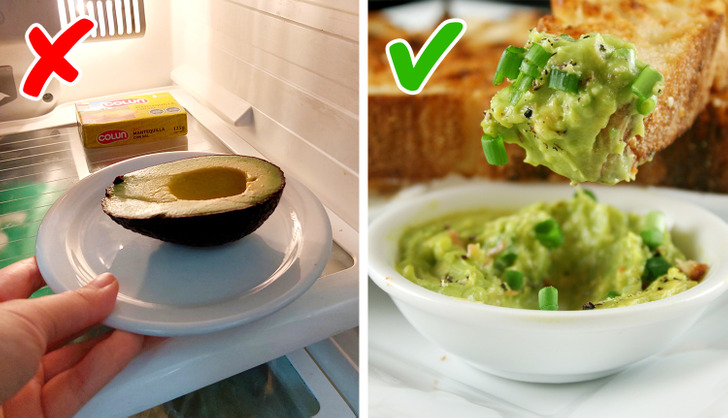
Instead of storing an uneaten half of an avocado, scoop out what’s left and mix it with mayo, a twist of lemon juice, diced tomatoes, and chopped green onions to taste. Then store the mixture in a sealed container in the fridge and use it the next day.
8. Use stale bread to make croutons.
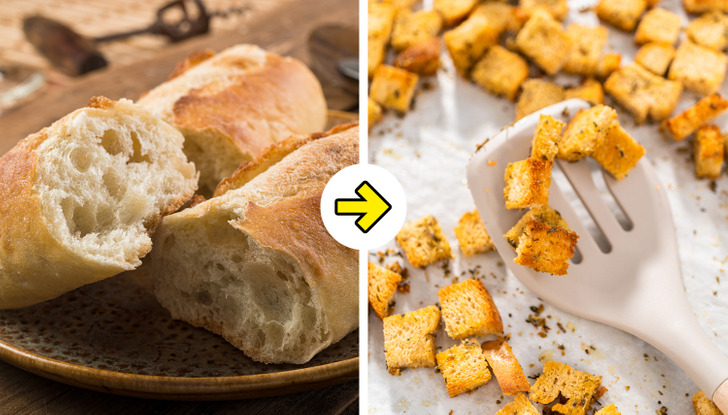
If you have leftover bagels or French bread, cut them into small, uniform pieces, place them into a large bowl, and drizzle with olive oil and seasonings of your preference. Once you’ve mixed everything until fully combined, spread the croutons in a single layer onto a parchment-covered baking tray and bake until they’re crispy. Flip the croutons for even baking if necessary.
9. Use leftover cereal or chips in fried chicken.
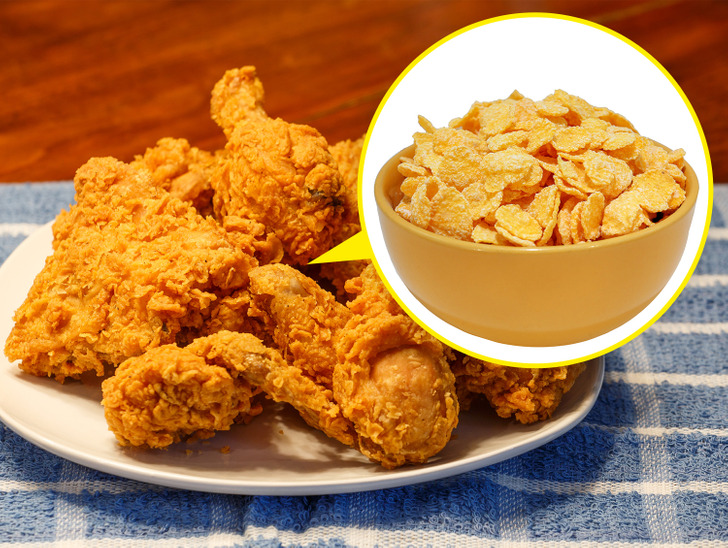
Crush remainders of unsweetened cereal or snack chips and put them into sealed containers. You can use them later to coat fried chicken or other deep-fried ingredients.
10. “Garlic parmesan pizza sliders from leftover bread rolls” — © softrotten / Reddit
Cut the bread rolls into halves, add some tomato sauce, garlic, parmesan cheese, and fresh herbs to taste, and bake for a few minutes.
Basic tips to reduce leftovers and food waste
- Before shopping for food, check your pantry, freezer, and fridge to take inventory of the things you already have. This will help you avoid buying items you don’t need. Make sure you create a shopping list based on the meals you’ll actually eat at home.
- Prepare a meal plan for the week.
- Avoid combining salads with dressings and croutons right away. Leave all the ingredients separate and let each person decide how to combine them. If you make a tossed salad with added dressing, you won’t be able to keep the leftovers as well as they were undressed.
- Prevent serving oversized portions by using measuring tools, such as scoops or cups.
- Share extra food with other people, such as your colleagues, neighbors, or friends.
